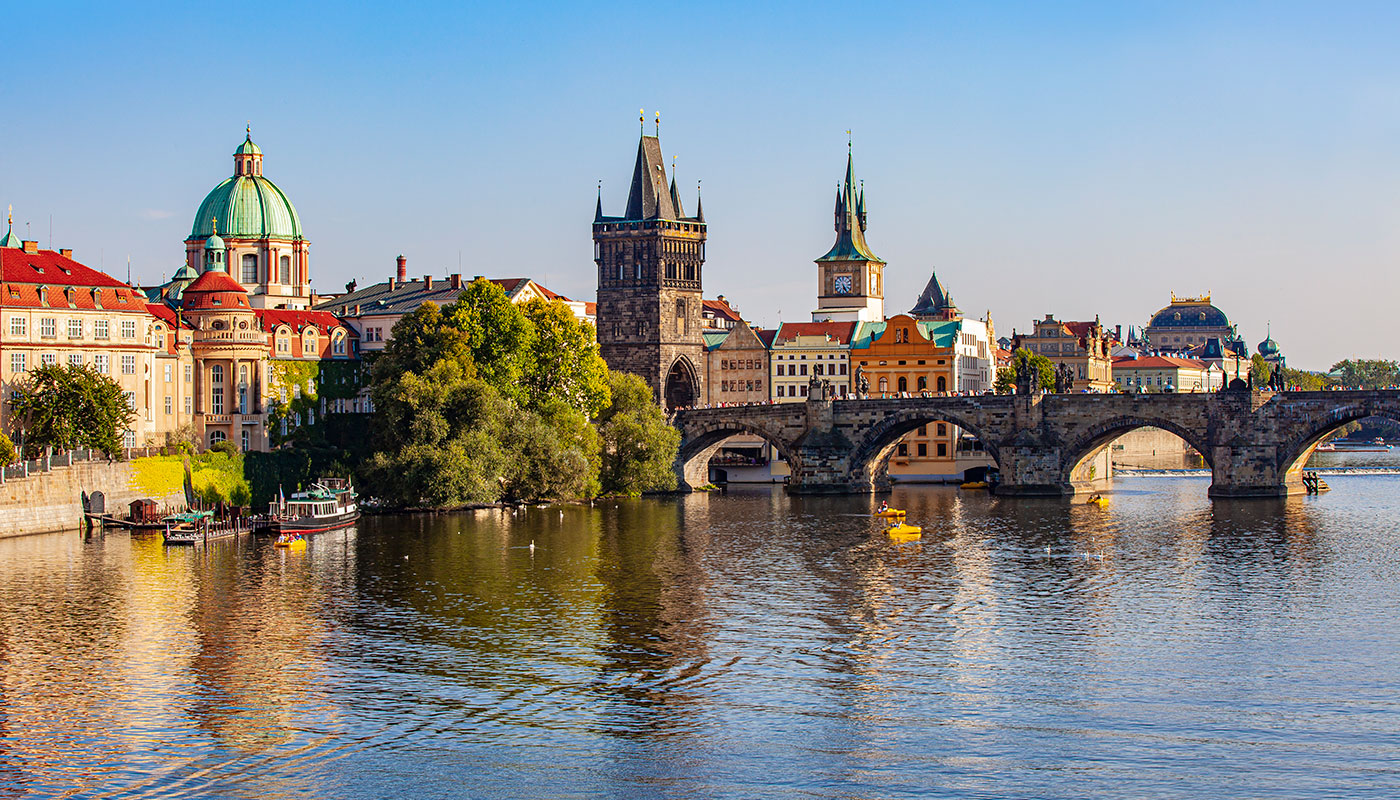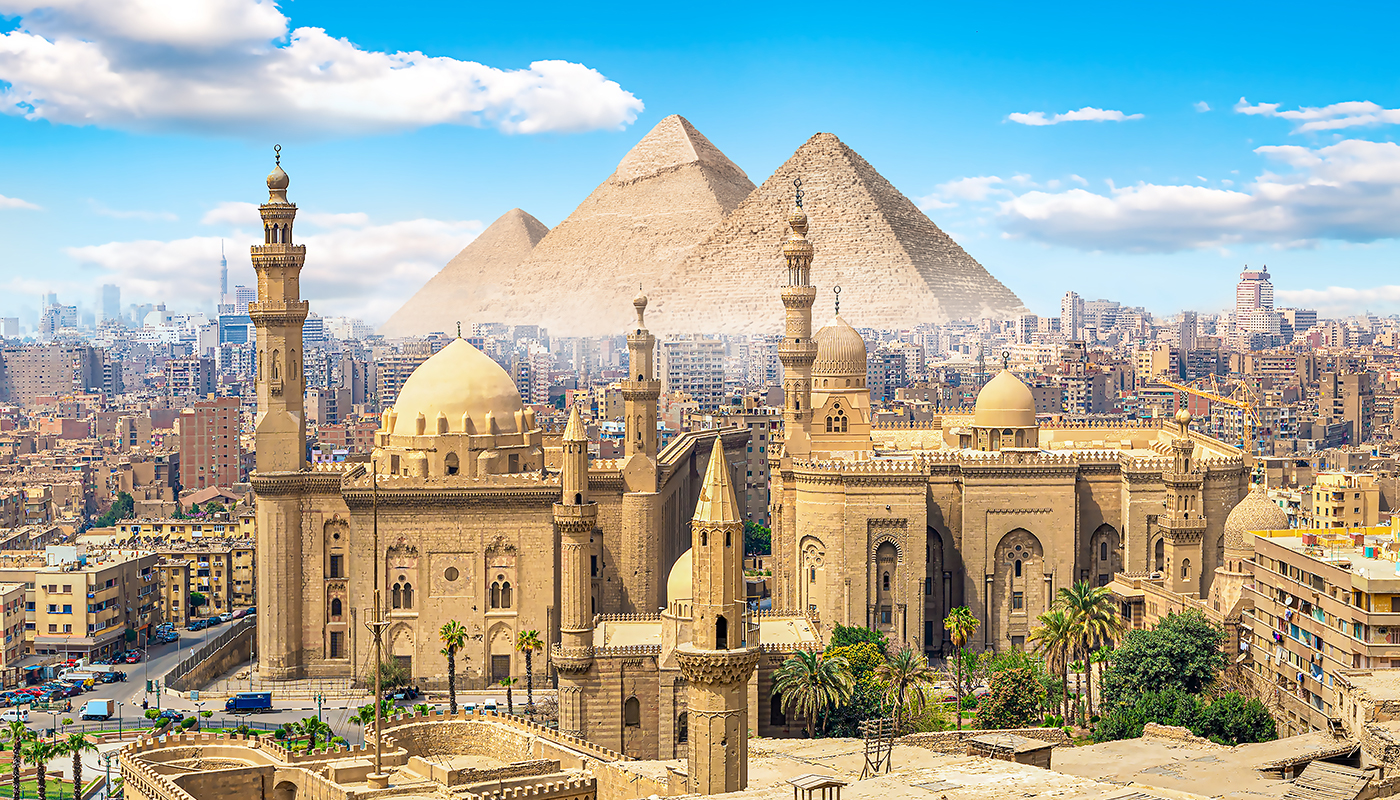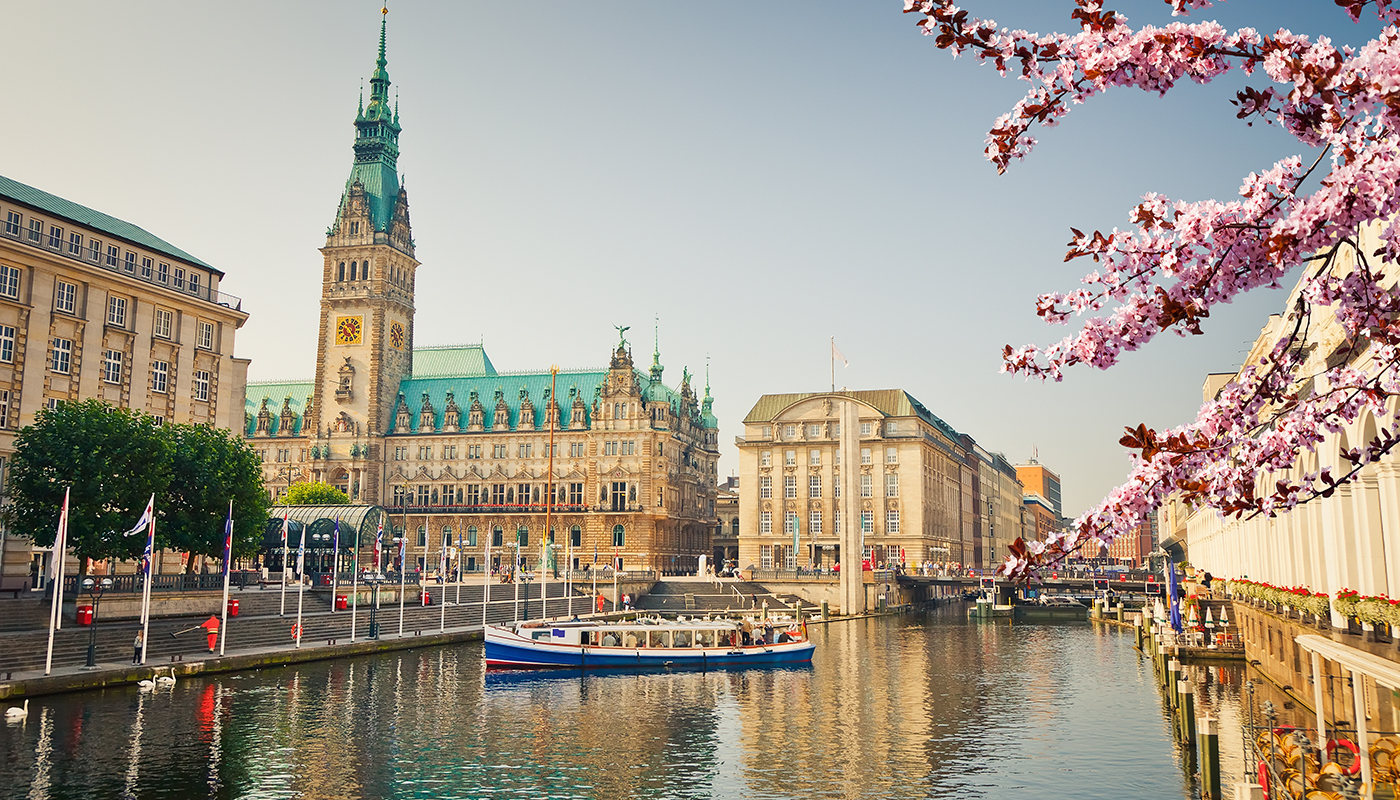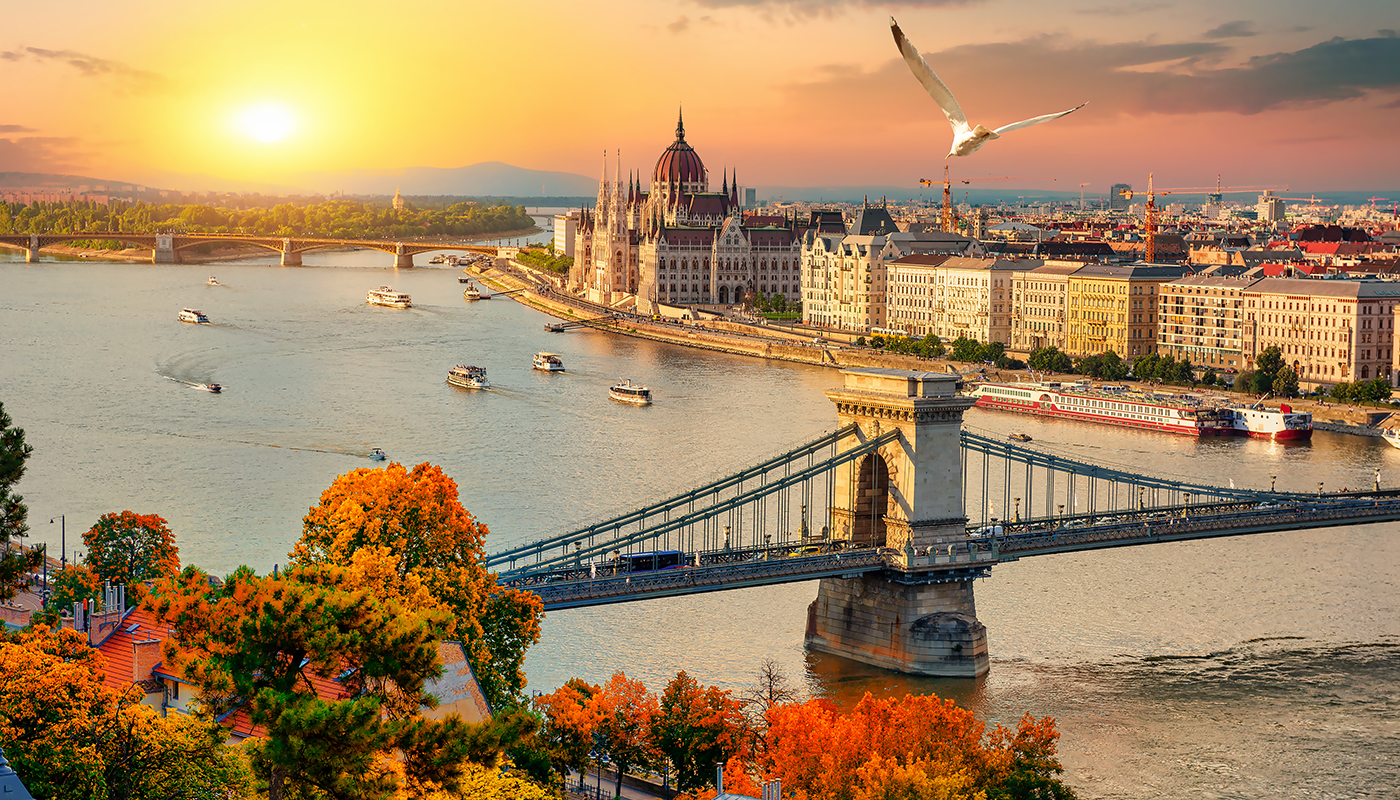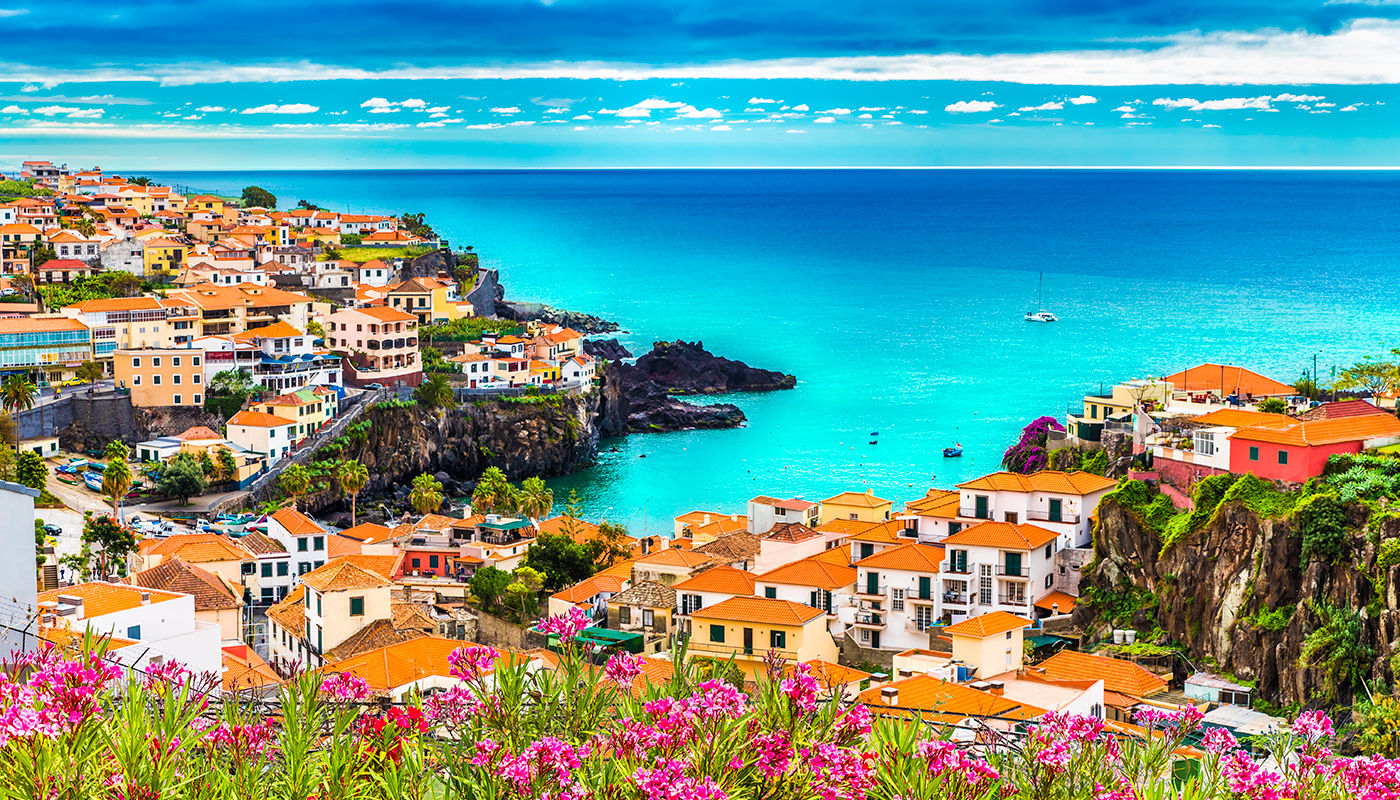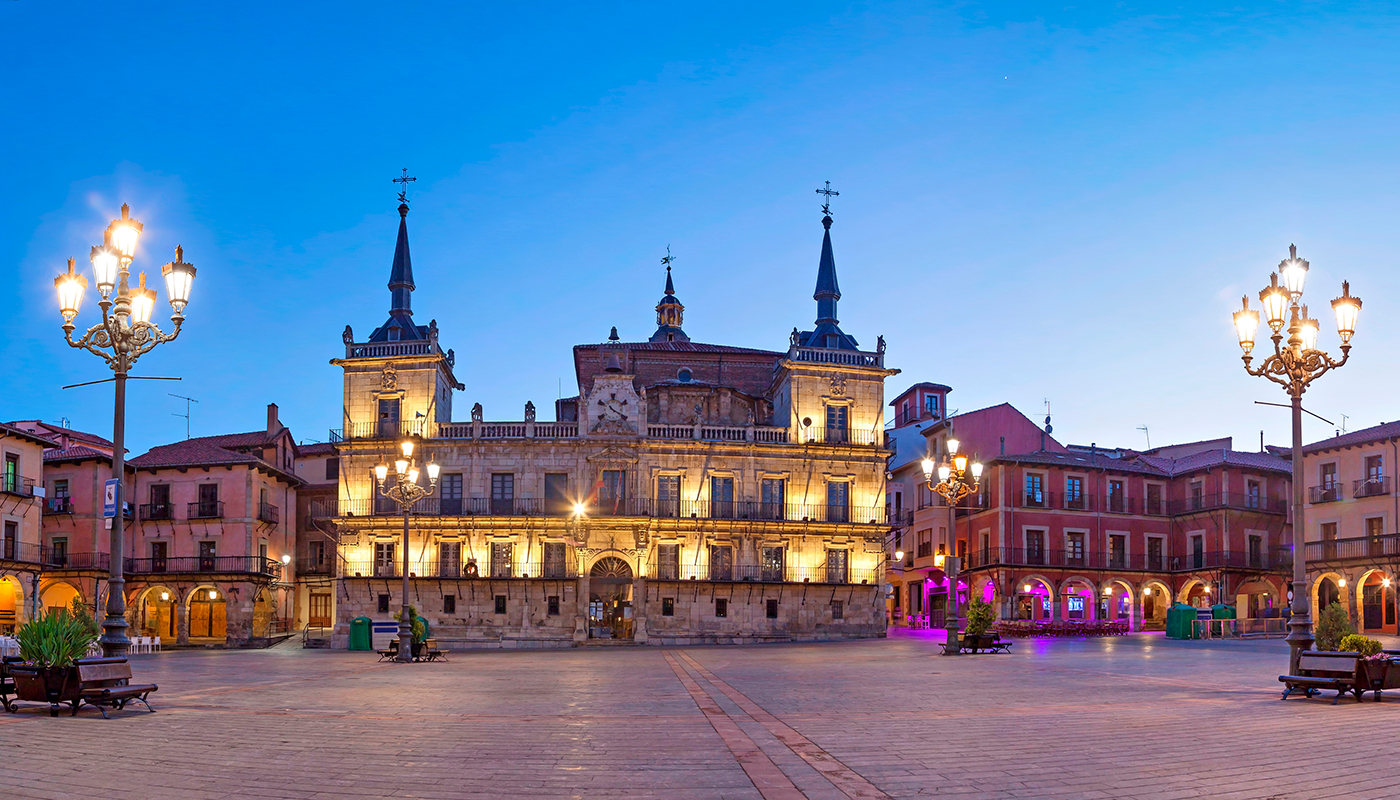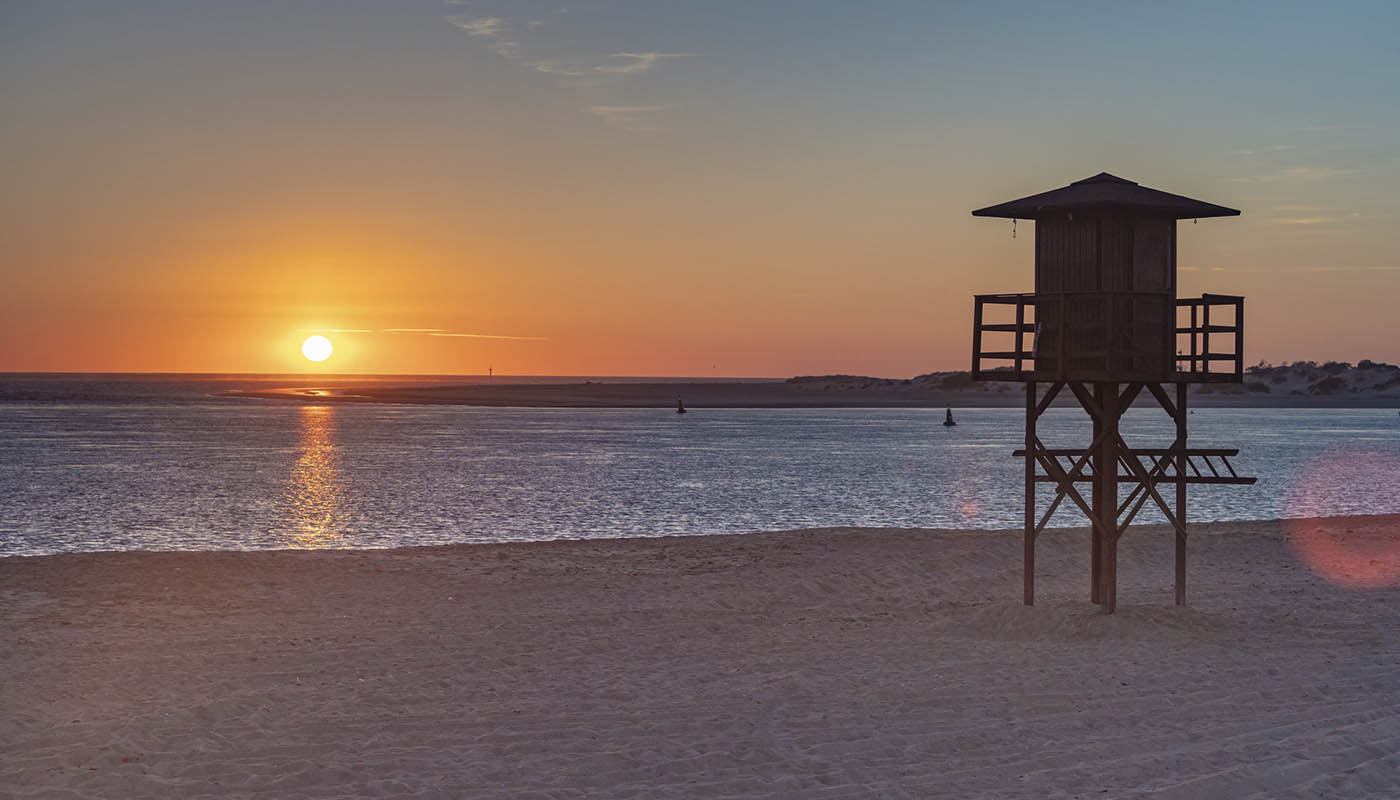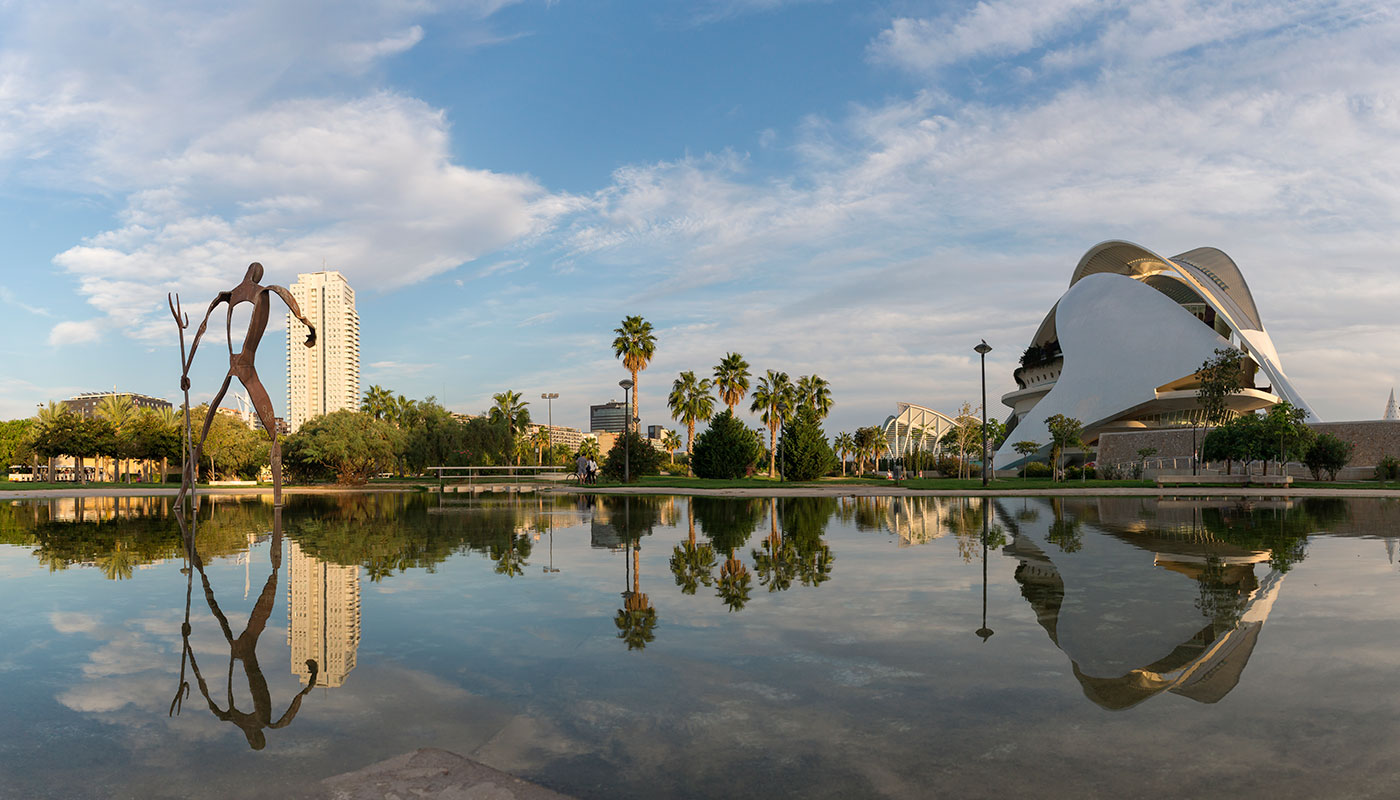In Dresden’s historic centre, on the banks of the river Elbe, the Semperoper stands as one of the most majestic and significant opera houses in Germany. Its elegant Neo-Renaissance façade and centuries-old history reflect the cultural spirit of a city that, despite suffering severe damage during World War II, has been reborn to preserve its artistic heritage. Founded in 1841 under the direction of the architect Gottfried Semper, the opera house has been rebuilt twice, maintaining its original splendour and adapting to the challenges of each era. Visiting the Semperoper is entering a universe where the history of Germany and the splendour of classical music intertwine, making it a must for both opera lovers and those who wish to understand Dresden’s cultural essence.
History of the Semperoper: a theatre linked to Dresden’s destiny
The history of the Semperoper is shaped by moments of splendour and tragedy. The original building was designed in 1841 by the architect Gottfried Semper, whose innovative style blended elements of Italian Renaissance and classical architecture, creating an elegant and monumental design that quickly became a cultural landmark in the city. However, in 1869, just a few decades after its inauguration, a devastating fire reduced the building to rubble. Dresden, known for its appreciation of the arts, quickly decided to rebuild the opera house. Although Semper was exiled at the time for political reasons, he was commissioned once again to design a second version of the building, which was completed in 1878 under the direction of his son Manfred Semper. This new and even more impressive design established the Semperoper as an emblem of Dresden’s cultural pride.
The history of the Semperoper was again interrupted by the bombings of World War II in 1945, which destroyed most of the city, including the opera house. During the era of the German Democratic Republic, the reconstruction of the Semperoper became a national priority, not only because of its architectural value, but also as a symbol of Germany’s determination to preserve its cultural heritage. After almost 40 years of effort, the Semperoper was reopened in 1985, having been restored to its former glory with as much detail as possible. The reconstruction closely followed the original plans and recovered elements of the interior decoration, achieving a result so faithful that visiting the Semperoper today is like stepping back in time and experiencing opera as it was conceived in the 19th century.
Today, the Semperoper is home to the prestigious Dresden Staatskapelle and one of the main opera houses in the world. Over the years, works by great composers and conductors, including Richard Wagner and Carl Maria von Weber, have been performed there and have been part of the opera repertoire since its early days. The history of the Semperoper is the history of a city and its devotion to the arts, a legacy that lives on in every performance and makes this building one of Dresden’s most iconic landmarks.
Visiting options: exploring the grandeur of the Semperoper
The Semperoper offers a variety of ways to enjoy its architecture and atmosphere, both for music lovers and those who simply want to appreciate the building’s history and beauty. Guided tours are an excellent option for those who want to see every corner of the opera house, from its imposing foyer to the luxurious auditorium decorated with gold and marble details. During the tour, visitors can learn about the complex reconstruction of the theatre plus details about the architecture and the artists who have shaped its history such as Wagner, Strauss and Weber.
In addition to guided tours, the Semperoper enables visitors to attend dress rehearsals, a unique experience that provides an insight into the preparations and discipline behind each performance. For those interested in the history of the theatre and its works, some tours include talks and exhibits on costumes and sets. This type of tour is ideal for those seeking a more interactive and in-depth experience of the world of opera.
Shows: a stage to convey the greatness of classical music
The Semperoper is famous for its opera, ballet and concert performances since it presents some of the most prestigious productions in Europe. The resident company, the Sächsische Staatskapelle Dresden, is one of the oldest orchestras in the world, and its performances at the Semperoper are renowned for their excellence and precision. Masterpieces by composers such as Richard Wagner, who premièred several of his operas there, and Richard Strauss, whose works are part of the regular repertoire, fill the theatre with an atmosphere of grandeur and solemnity. The reopening of the theatre in 1985 with the opera Der Freischütz by Carl Maria von Weber was also of particular significance since this was the last work that had been performed on 31 August 1944 during World War II.
The Semperoper’s programme includes both opera classics such as Wagner’s Der Ring des Nibelungen and Verdi’s La Traviata, as well as contemporary and avant-garde productions. The opera’s ballet is also an attraction in itself, with choreographies ranging from the classical to the experimental. For classical music buffs, attending a performance at the Semperoper is an incomparable experience, combining the talent of renowned performers with the unforgettable atmosphere of a historic theatre.








